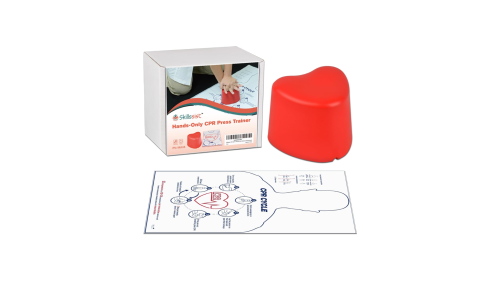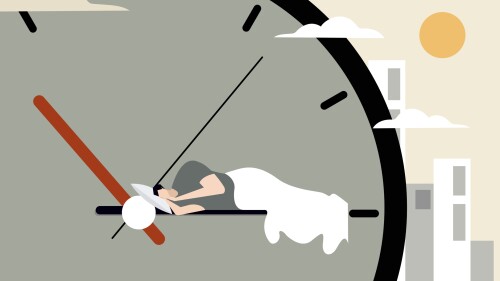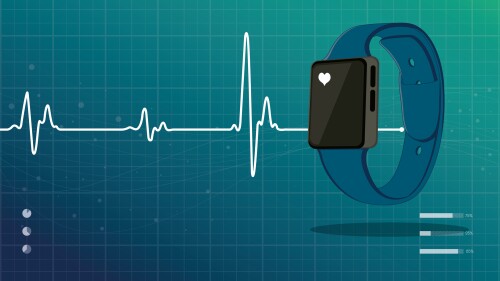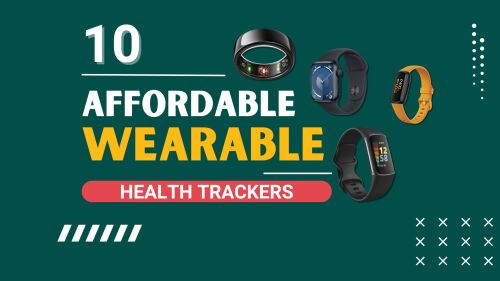Cardio-pulmonary resuscitation – CPR – is one of the most important things anyone can learn to render lifesaving care.
Early delivery of CPR can mean the difference between life and death for a victim experiencing a sudden cardiac arrest. Seconds are crucial, and every minute a person lays unconscious and pulseless without oxygen can cause irreversible damage to their brain if they survive the incident.
Despite its life-giving impact, CPR is simple, easy to learn, and a fundamental life skill worth knowing.
What is CPR training?
A quality CPR training program will teach how to provide lifesaving help to someone who is not breathing or whose heart is no longer beating. These measures can include chest compressions, rescue breaths and sometimes using an automated external defibrillator (AED).
Which type of CPR training should I get?
There are different forms of CPR certification; layperson CPR training and professional rescuer CPR training.
- The CPR/AED for Professional Rescuers (CPRO) program trains professional-level rescuers – those with a duty to act, including EMS professionals, nurses, physicians, and other healthcare and public safety personnel, as well as those in recreation fields (e.g., athletic trainers and lifeguards). These courses train professionals to respond alone or with other rescuers to breathing and cardiac emergencies with the latest techniques, to maintain certification and deliver the best possible care. Course content includes rapid assessment, providing ventilations, using a bag-valve-mask, AED use and obstructed airway care.
- Layperson CPR training is simplified, single-person response CPR training, common obtained by teachers, workplaces, parents and caretakers, and other professionals. Layperson CPR training can focus on adult-only CPR/AED use or adult, child and infant CPR/AED use.
What is the minimum age to learn CPR?
The American Heart Association (AHA) does not mandate a minimum age requirement for learning CPR, noting the ability is based more on body strength than age. Studies have shown that children as young as 9 years old can learn and retain CPR skills.
How long does CPR training take?
CPR can be learned in a morning, an afternoon or an evening. Most classes run 4 hours or less. Some CPR classes are spread over a couple of days.
How long does CPR training last?
Certification is good for 2 years. Make sure to ask the organization offering CPR training how long the certification lasts. Even though the certification might last 2 years, you might choose to refresh your CPR training more regularly.
How much does CPR training cost?
CPR training is also relatively inexpensive, ranging anywhere from $30-$100. Before registering for a CPR course ask your employer if they will reimburse the expense or offer a workplace course.
Will I learn to use an AED in CPR training?
Yes, the official AHA Guidelines note that victims have a greater chance of survival from cardiac arrest when high-quality CPR includes use of an AED. Many first aid training courses include CPR training as well as Stop the Bleed training, how to use an AED and how to administer naloxone to a person experiencing an overdose.
Is CPR training hard?
Some career fields will require professional rescuer training, but for most of us, knowing the basics is enough to get the job done. CPR training is pleasantly straightforward, not requiring any background in a medical field.
What should I wear to a CPR class?
CPR training courses involve hands-on practice and evaluation, which may require kneeling on the ground. Wear something comfortable and tie back long hair that could get in your way.
Do I have to do mouth-to-mouth in CPR training?
You don’t even have to learn mouth-to-mouth rescue breathing, as recent studies have shown chest compressions alone, also known as hands-only CPR, can make a massive difference in the outcome of a cardiac arrest patient.
Can I learn CPR at home?
You can even take an online course and learn CPR at home, though to receive an AHA course completion card or CPR certification, you will need to complete a hands-on evaluation. Blended CPR training courses allow you to self-direct learning at home followed by a hands-on skills session in person with an instructor or using a manikin where available.
Can I learn CPR on YouTube?
Yes, you can watch a YouTube video to learn CPR and there are many CPR training videos available. We recommend an official training video from the American Heart Association or the American Red Cross. Though you can learn CPR from YouTube, the hands-on component of an in person or blended training course is a chance to practice your skills, gain confidence and ask an instructor questions.
CPR training products
There are many products available on Amazon that can be used to learn CPR at home or in your CPR training courses, including:
- AEDs and AED training tools
- CPR training kits
- CPR training manikins
- CPR training manuals
- Real-time CPR feedback devices
- AED defibrillator designed for ease of use and prompt response
- Step-by-step voice prompts and CPR guidance provide real-time guidance
- Easily converts to an AED trainer when you attach training pads
- AED trainer, pre-programmed with 5 scenarios
- Included pads compatible for both adults and children
Skillssist CPR Saver Training Kit
The CPR Saver Training kit, designed to teach you the basics in hands-only CPR, will cover all your bases. This device comes with visual aids and training mat, and is priced at just $25.99.
CPR Training AED by Prestan
Another useful product for learning CPR, especially if you want to go in depth and operate an AED, is the CPR Training AED by Prestan, listed for $124 on Amazon. This device is great for team learning CPR and scenarios, walking you through clear and concise voice commands, along with five different training scenarios. This makes for a highly interactive training experience.
CPR Savers Prestan Professional Adult CPR Training Manikin
If you want a more realistic CPR educational experience, you may opt for an adult-size CPR training manikin. The CPR savers adult manikin comes equipped with an AHA feedback monitor, and requires no set up or assembly. This manikin comes in at $195 on Amazon, and could also be used in conjunction with other CPR training products to train your workforce, teachers, athletic team parents, or other group.
Whether at the grocery store or in the gym, knowing what to do when someone suddenly collapses and experiences a cardiac event can make a difference between life and death. Educating yourself and your community in CPR and AED use can prepare for any situation, and to save someone’s life. CPR knowledge is paramount to have in your tool belt.


































































